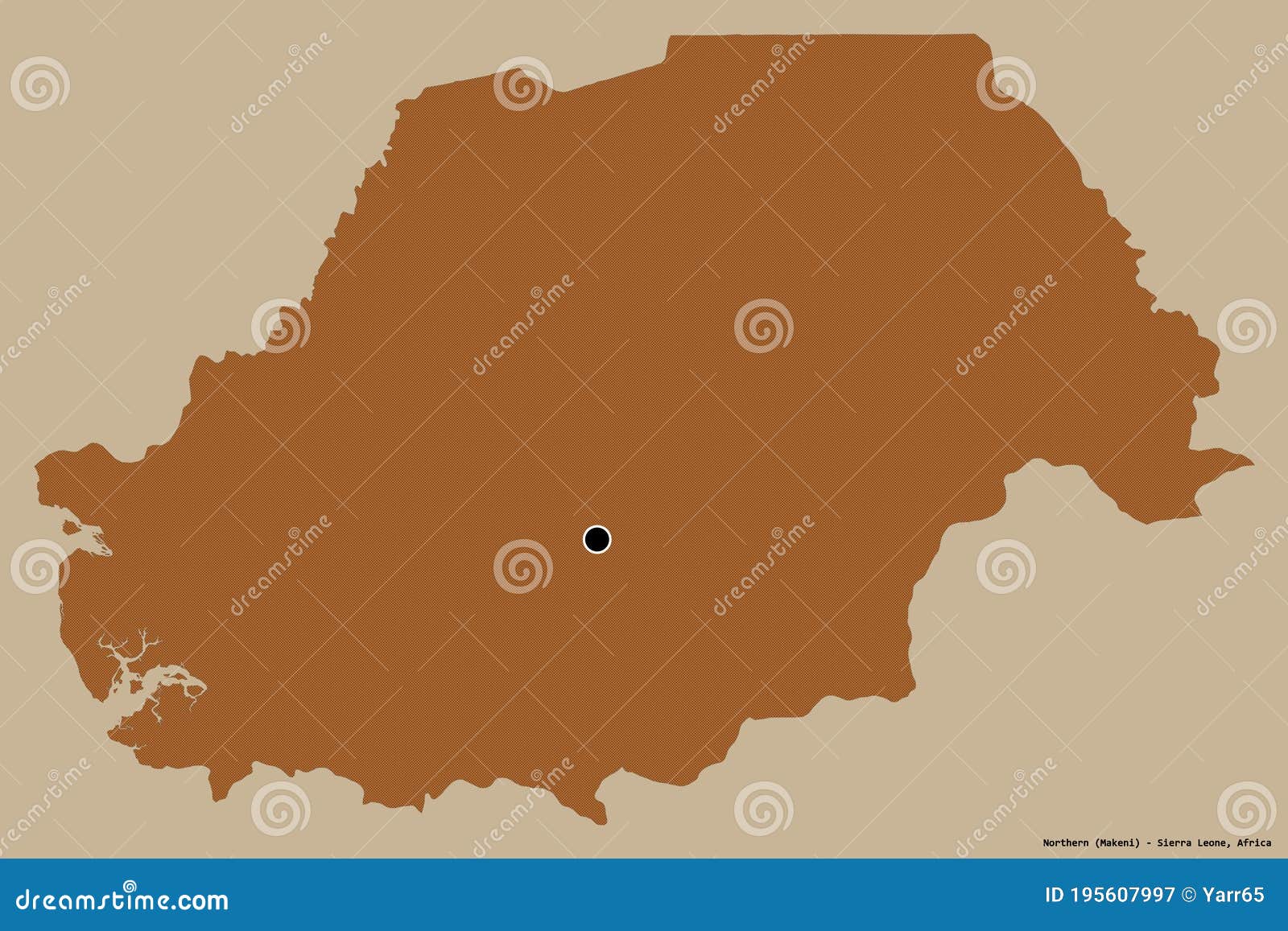牙å ç³»鍒— - Exploring Unique Characters
Sometimes, the smallest details in language hold the biggest stories. We are talking about the 牙å ç³»鍒—, a collection of curious linguistic bits that often go unnoticed but truly shape how we communicate. Think about letters or sounds that seem a little out of place, or those that have a special job. One such interesting character, the 'ç', with its distinct little tail, really shows us how much goes into the everyday words we use. It's a fascinating part of our written and spoken world, and it has a story that is, you know, quite rich.
These individual elements, like the character 'ç', do not just exist; they carry a history, a way they are meant to sound, and a set of rules that guide their proper use. They are often hidden in plain sight, part of the fabric of common words, yet they contribute so much to the overall meaning and feel of a phrase. Understanding these small pieces gives us a better appreciation for the entire structure of language, which is, well, pretty cool if you think about it.
So, we are going to spend some time looking closely at these specific elements, starting with the 'ç' character. We will see what makes it stand out, where it came from, and how it helps words make sense. It’s a chance to peek behind the curtain of everyday language and get a better sense of what makes these particular parts special, and why they matter in the bigger picture of the 牙å ç³»鍒—.
Table of Contents
- What Makes the 'ç' Character Special?
- Where Did 'ç' Come From?
- How Does 'ç' Fit into French Words?
- Are There Keyboard Tricks for 牙å ç³»鍒— Characters?
What Makes the 'ç' Character Special?
When you make the sound of 'ç', you are actually doing something rather specific with your mouth. Your tongue, the front part of it, arches up a little bit, getting quite close to the roof of your mouth – that hard part, you know, just behind your teeth. But it doesn't quite touch, so there's this tiny gap. As you push air out, it has to squeeze through that narrow opening between your tongue and the roof of your mouth. This squeezing creates a sort of breezy, rushing sound, a bit like a gentle whisper, which is what we call a fricative sound. It’s a very particular way to shape the air as it leaves your mouth, so.
This way of producing the sound means the air creates a gentle, somewhat turbulent flow as it passes through the small opening. It is not a sudden stop and release like a 'p' or 't' sound, nor is it a completely open flow like a vowel. It's a controlled release of air, giving 'ç' its distinct feel. This careful articulation is part of what makes it a unique member of the sounds we make, and it truly sets it apart in the collection of letter sounds we use every day, you see.
The Sound and Shape of 牙å ç³»鍒— Elements
The sound quality of 'ç' has some interesting acoustic properties that set it apart from its plain 'c' cousin, especially when we consider how sounds behave in the air. Both sounds, 'c' and 'ç', often show their strongest energy peaks in a similar frequency range, roughly between 3.5 and 4 kilohertz. Yet, the 'ç' sound, particularly when it is a soft, non-hissing kind of sound, tends to lose its high-frequency energy more quickly. This means its sound doesn't carry as much of that sharp, high-pitched quality, which is, well, pretty interesting.
This quicker drop-off in high-frequency energy is a sign that the air moving through your mouth when you make the 'ç' sound is a little slower and less forceful than with some other similar sounds. It means the turbulent air flow is not as intense, giving 'ç' a softer, more gentle auditory presence. This subtle difference in how the sound energy spreads out and fades is one of the qualities that helps us tell 'ç' apart from other sounds, even without looking at how someone's mouth moves, sort of.
Where Did 'ç' Come From?
The character 'ç' might seem like a distinctly French thing, but its roots actually go back to another language entirely. This little letter, with its unique hook underneath, originally came from Spanish. It is quite fascinating to think about how languages borrow bits and pieces from each other, adding them to their own written systems. When other languages started using 'ç', they picked it up from Spanish, bringing it into their own alphabets and giving it new life in different words, which is, you know, a common thing in language history.
In old Spanish words, you would have seen 'ç' in places where we now see a plain 'z' or 'c'. For example, words like 'cabeza', which means head, or 'brazo', meaning arm, and 'plaza', for a public square, used to be written as 'cabeça', 'braço', and 'plaça'. This shows a clear shift in how these words were spelled over time. The little hook, or cedilla, under the 'c' was a way to indicate a softer sound, a bit like an 's', rather than a hard 'k' sound, so it really helped with pronunciation.
A Historical Look at 牙å ç³»鍒— Origins
The story of the cedilla, that small mark under the 'c', is quite a journey through time and different tongues. It was a clever way to keep certain sounds consistent in writing, even as pronunciation shifted or as words moved from one language to another. The mark itself looks a bit like a small 'z' or a tiny comma, and it was placed there to signal that the 'c' should be pronounced softly, like an 's', rather than its usual hard sound, you see. This helped readers know exactly how to say the word without having to guess.
This historical journey of 'ç' really highlights how language evolves, and how people create new ways to write down sounds that might not have a perfect match in their existing alphabet. It is a testament to the ingenuity involved in developing writing systems, allowing for clearer communication across different regions and through the ages. The 'ç' is, in a way, a little piece of history living in our modern texts, always reminding us of its Spanish past within the broader 牙å ç³»鍒— of linguistic characters.
How Does 'ç' Fit into French Words?
In French, the character 'ç' plays a very important part in how words are spelled and how they look. If the letter 'ç' did not exist, words like 'Français' (French) would have to be written as 'Fransais'. Just looking at it, 'Fransais' doesn't quite look like it belongs with 'France', does it? The 'ç' helps maintain a visual connection between related words, making the written language feel more coherent and, well, just right. It is a small detail that has a big impact on the overall appearance of words, so.
Consider other words such as 'cet' (this), 'ce' (this/that), 'ici' (here), and 'ça' (that). If 'ça' were written as 'sa', it would feel like something was missing, or that the consistency of the language was, in a way, broken. The 'ç' ensures that certain sounds are always represented in a specific way, especially when a 'c' needs to sound like an 's' before letters that would normally make it sound like a 'k', like 'a', 'o', or 'u'. This rule keeps things tidy and helps speakers know how to pronounce words correctly without a second thought, you know.
Keeping Things Consistent in the 牙å ç³»鍒—
The rules for pronouncing the letter 'c' in French are fairly straightforward: it generally sounds like an 's' when it comes before 'e', 'i', or 'y', and it sounds like a 'k' when it comes before 'a', 'o', 'u', or a consonant. The 'ç' comes into play precisely when a 'c' needs to sound like an 's' but is followed by 'a', 'o', or 'u'. This little mark makes sure the 'c' keeps its soft sound in those specific situations, preserving the sound pattern even when the following vowel might suggest a hard 'k' sound. It is a neat trick of orthography, sort of.
Without the 'ç', the French language would have a lot more exceptions or less clear pronunciation rules, making it a bit harder to learn and use. It helps keep the visual and phonetic aspects of words in line, ensuring that the written form accurately reflects the spoken sound. This consistency is a really important part of any language system, and the 'ç' plays a quiet but very powerful part in maintaining that order within the broader 牙å ç³»鍒— of French characters and their sounds.
Are There Keyboard Tricks for 牙å ç³»鍒— Characters?
Typing special characters like 'ç' can sometimes feel like a puzzle, especially if you are using a keyboard layout that is not specifically set up for them. For people using a French (France) keyboard, getting 'ç' is quite simple: you just press the number 9 key. If you need the capital 'Ç', you just hit the caps lock button to make letters big, and then press 9 again. It is a pretty straightforward process, which is, you know, helpful for everyday writing.
However, some older keyboard setups, like the traditional AZERTY layout for French Windows systems, had some annoying quirks. For a long time, it was not easy to type certain characters directly, including 'É', 'œ', 'æ', '« », and even 'Ç' and 'Œ'. These keyboards had quite a few shortcomings, which made typing certain French words a bit of a hassle. It really highlighted the need for better keyboard standards that could support all the characters a language uses, so.
Typing 'ç' and Other 牙å ç³»鍒— Members
Recognizing these difficulties, the French Ministry of Culture even released a new standard for French keyboards in 2016, aiming to make it easier to type all the necessary characters. This shows that even seemingly small things like typing special letters can have a big impact on how people interact with their language digitally. It is about making the writing process as smooth and natural as possible for everyone, you see, which is a good thing for sure.
For those using Windows or macOS, there is often a handy option called the 'US International' keyboard layout. This setup works quite well for typing 'ç' and other characters that might not be on a standard US keyboard. You can usually type 'ç' by using the grave accent key (the one with the backtick, often in the top left corner) followed by the 'c' key. It is a very useful little trick that helps a lot of people write these special characters without needing a different physical keyboard, which is, well, pretty convenient.
Sometimes, when you are trying to make the 'ç' character, the way you draw it, or rather, the way it appears on screen, might not look quite right. It could be that the little tail, or cedilla, is starting from the wrong spot, perhaps from the end of the letter's bottom curve instead of from its middle. This small detail can change the whole look of the character, making it appear a little off. It is a reminder that even the tiniest strokes in writing can make a difference in how things are perceived, just a little.
This attention to detail,
- Hoda And Jenna Twitter
- Arthur Kwon Lee Twitter
- Footjob Porn Twitter
- Jake Liscow Twitter
- Krissy Lynn Twitter

Clipart - Effect Letters Alphabet red: Å

Free stock photo of 城市, 大望路, 夜景

塞拉利昂北部省份. 图案 库存例证. 插画 包括有 部门, 区域, 山脉, 映射, 地理, 世界, 横向 - 195607997